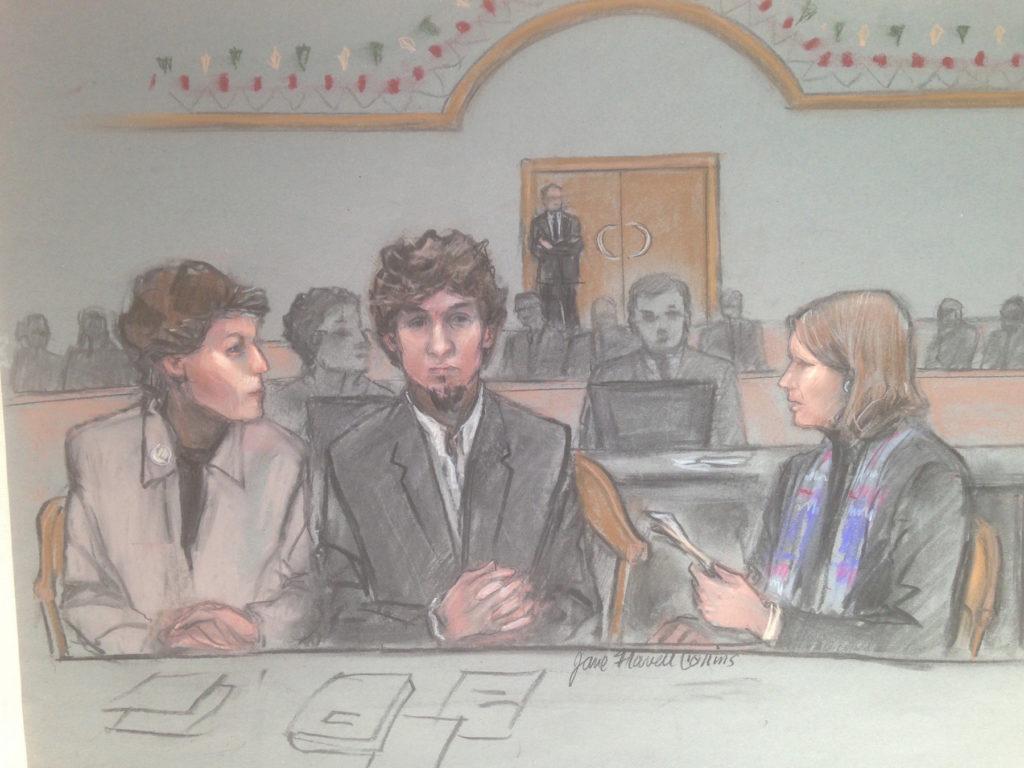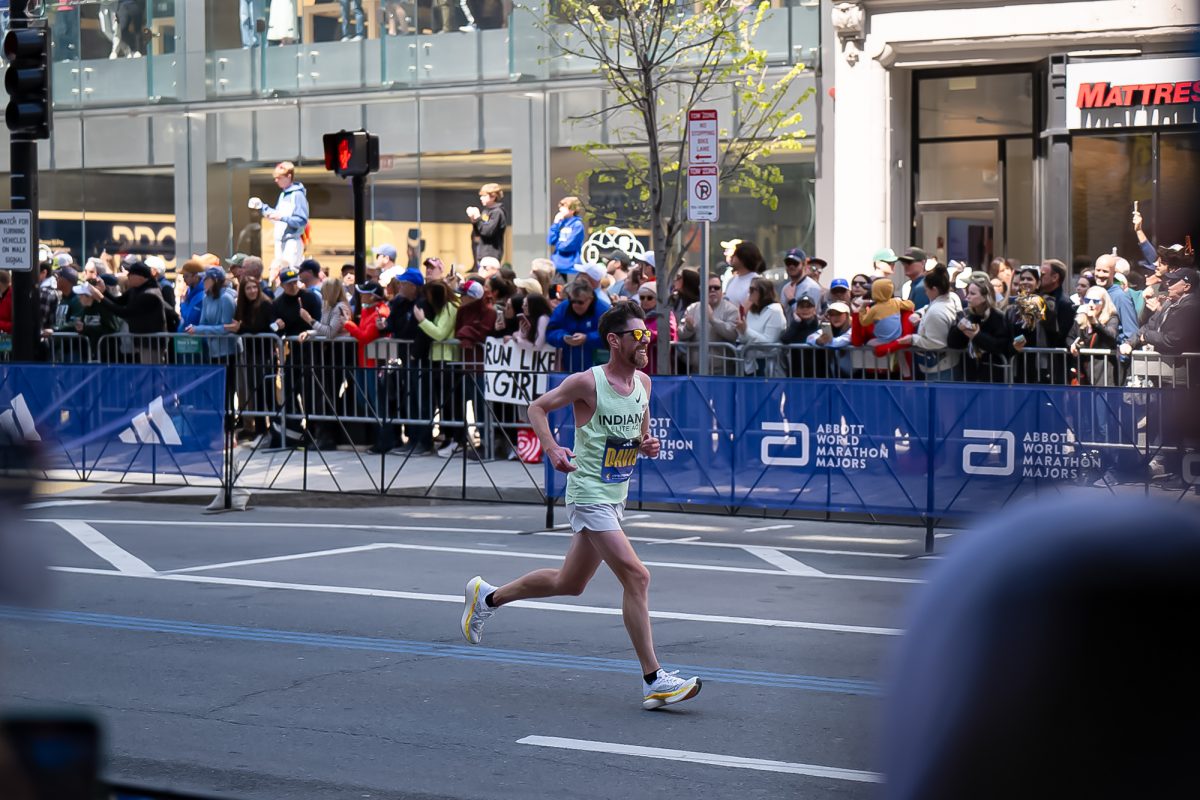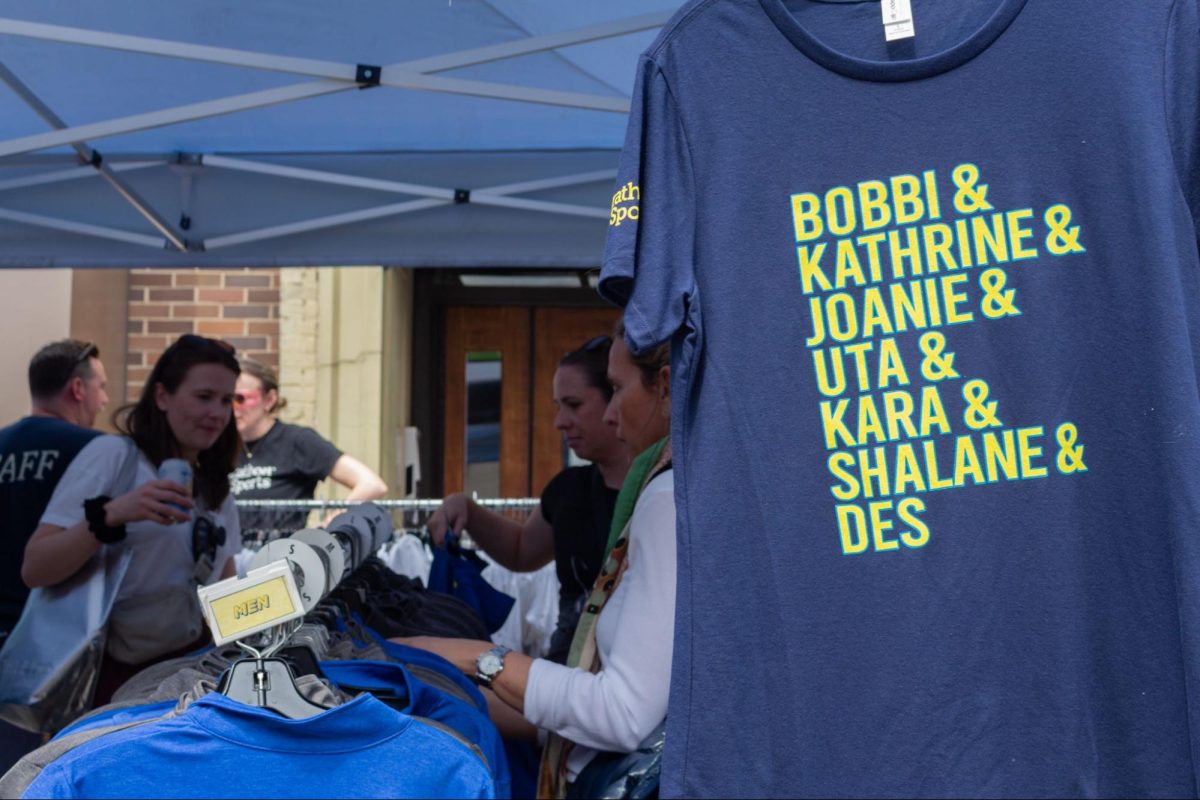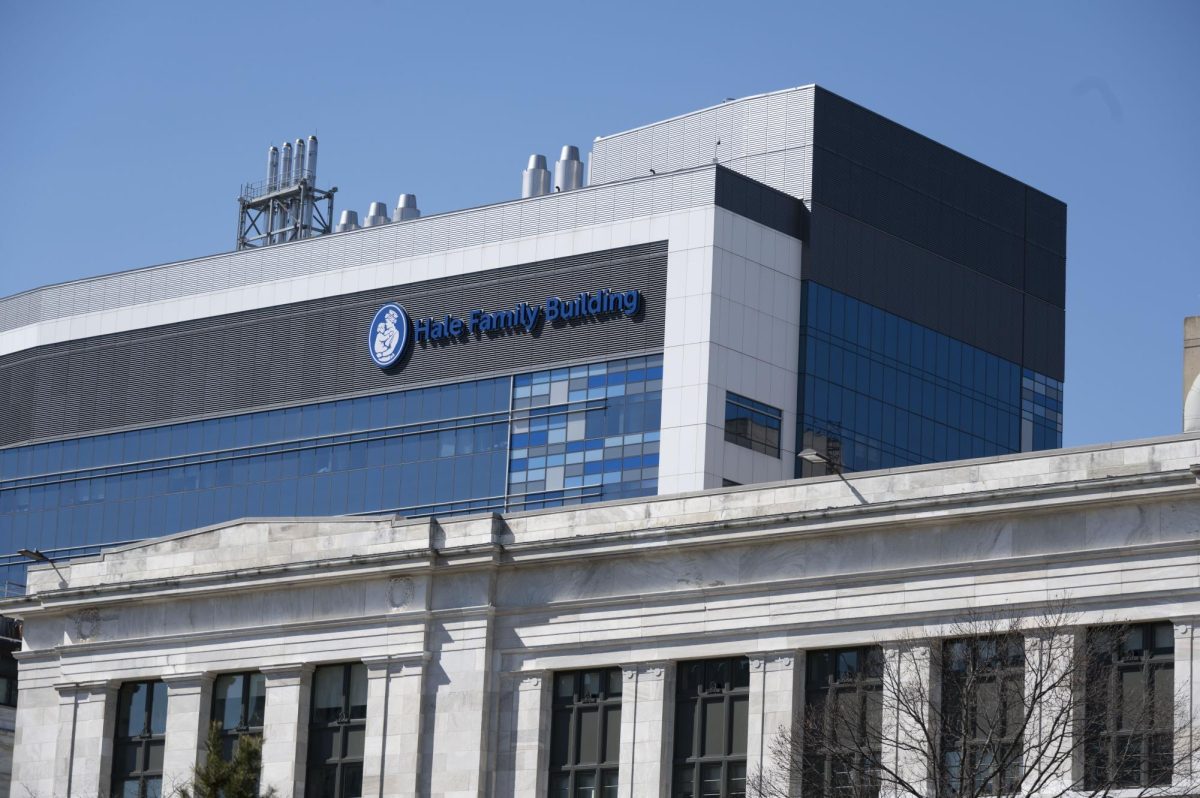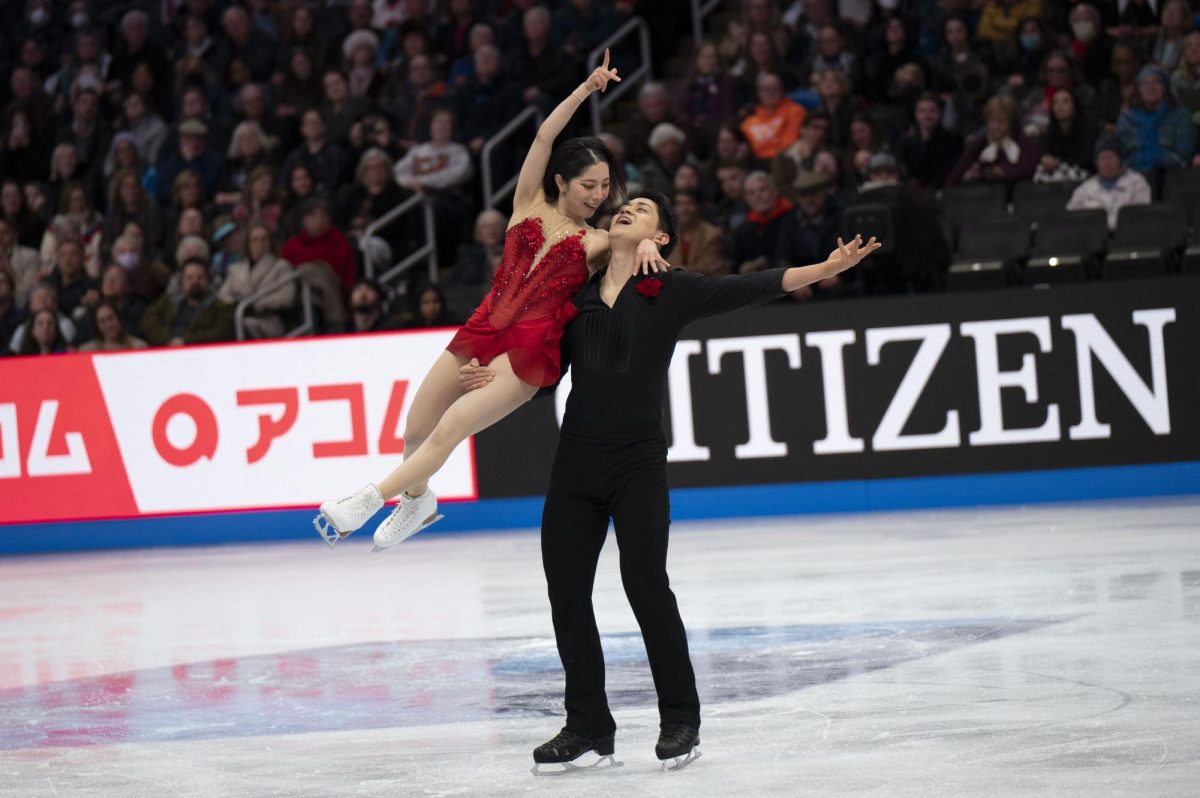By Jose Castillo, news correspondent
The trial of Boston Marathon Bombing suspect Dzhokhar Tsarnaev began three weeks ago, and despite the two years that have passed since the bombings, the first three weeks of trial have shown that the emotional aftermath is still felt today. However, the past week and a half took a turn in tone: focusing more on hard evidence and forensic data than on witness testimony. More specialists and agents have taken the stand recently to provide substantial proof for both the prosecution and defense.
On Tuesday, March 17, testimonies began with the examination of Robert McCarthy, a Massachusetts State Police trooper and part of the bomb squad that collected two undetonated pipe bombs and other explosives from the scene of the Watertown shootout. McCarthy described to the court the “improvised” explosives found in a stolen Mercedes SUV driven by the Tsarnaev brothers.
Testimonies continued as Massachusetts State Police Fingerprint Analyst Patrick Moynihan discussed results from analyzing prints found in the stolen SUV and another vehicle driven by Dzhokhar Tsarnaev. A wallet found in the latter vehicle, belonging to Tamerlan Tsarnaev, contained receipts for backpacks, a soldering gun and use of a gun range in New Hampshire. The wallet also contained a receipt stating that $900 had been transferred to an account in Russia. Moynihan also said he had found a CD containing religious music belonging to Dzhokhar Tsarnaev in the stolen SUV.
During testimonies, Massachusetts State Police Crime Lab Analyst Jennifer Montgomery stated that a pair of white gloves found in Dzhokhar Tsarnaev’s vehicle contained the blood of slain Massachusetts Institute of Technology (MIT) Campus Police Officer Sean Collier. When cross-examined by the defense, however, she said that blood splatters found on Dzhokhar Tsarnaev’s sweatshirt were not identified as Collier’s, who had been shot at point-blank range.
Day 10 continued the series of technical testimonies as FBI agent Brian Corcoran, Jr. described the damage caused during the Watertown shootout days after the Boston Marathon Bombing. Corcoran explained that shrapnel from pipe and pressure-cooker bombs covered Laurel Street in Watertown, and remnants were found on top of homes, cars and children’s outdoor playsets.
Dzhokhar Tsarnaev’s Internet activity was also presented to jurors, as FBI Special Agent Kevin Swindon, an expert in computer forensics, stated that over 600 pieces of digital media were collected during investigation, including PDFs of al-Qaida magazine “Inspire.” One article Swindon emphasized was titled “Make a Bomb in the Kitchen of Your Mom.”
Resuming testimony on Monday, March 23, Swindon was cross-examined by Defense Attorney William Fick, who accused Swinden of “cherry-picking” evidence found on Dzhokhar Tsarnaev’s computer. Prosecution was quick to object to the line of questioning but was overruled by Judge George O’Toole, Jr.
Dr. Matthew Levitt, a senior fellow at the Washington Institute for Near East Policy who directs a program on counterterrorism and intelligence, testified regarding the message written by Dzhokhar Tsarnaev on the side of the boat he was found in during the manhunt that shut down Watertown for nearly 18 hours. Levitt told the prosecution that the message was similar to radical jihadist literature written to threaten the US.
“Know you are fighting men who look into the barrel of your gun and see heaven,” Dzhokhar Tsarnaev wrote. “Stop killing our innocent people and we will stop.”
On day 12, Massachusetts State Police Lt. David Cahill, an expert in identifying firearms, testified that the bullet casing found at MIT matched 65 casings found at the site of the Watertown shootout. The five casings found at MIT, along with the others, all came from one weapon: the Rutgers pistol Tamerlan Tsarnaev allegedly used during both incidents.
It was later presented that prints found on live rounds could only be tracked to Tamerlan Tsarnaev and that Dzhokhar Tsarnaev did not shoot during their confrontation with the police.
FBI Washington Supervisory Agent Kimberly Franks told the court that she found BB gun pellets in Tsarnaev’s college dorm room at the University of Massachusetts (UMass) Dartmouth along with a white Ralph Lauren Polo hat worn the day of the marathon.
Defense Attorney David Pruck tried to present Dzhokhar Tsarnaev as someone who was simply influenced by his older brother to commit such crimes. Pruck focused on an appeal document submitted by Dzhokhar Tsarnaev to school administrators at UMass Dartmouth after his financial aid was revoked due to poor grades.
“This year I lost too many of my loved relatives,” Dzhokhar Tsarnaev wrote in the appeal. “I was unable to cope with the stress and maintain school work.”
Pruck explained that the loss of relatives back in his home of the Chechen Republic, along with the departure of his newly-divorced parents, put Dzhokhar Tsarnaev is a sensitive place, one in which he could have been easily influenced by his older, radical brother Tamerlan Tsarnaev.
It is unknown when the defense will begin its set of testimonies, or whether or not they will have anyone take the stand.
The trial focuses on the actions of Dzhokhar Tsarnaev, a former college student who, with deceased elder brother Tamerlan Tsarnaev, is accused of detonating two pressure cooker bombs during the Boston Marathon on April 15, 2013, killing three and injuring 260 others. The Tsarnaev brothers then allegedly led officers on a four-day chase that resulted in the death of both MIT Officer Sean Collier and Tamerlan Tsarnaev and the arrest of Dzhokhar Tsarnaev.
Illustration courtesy Jane F. Collins.


